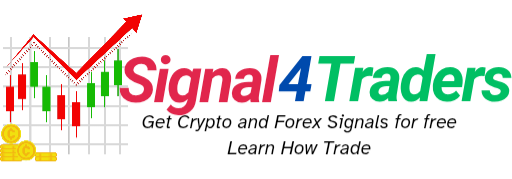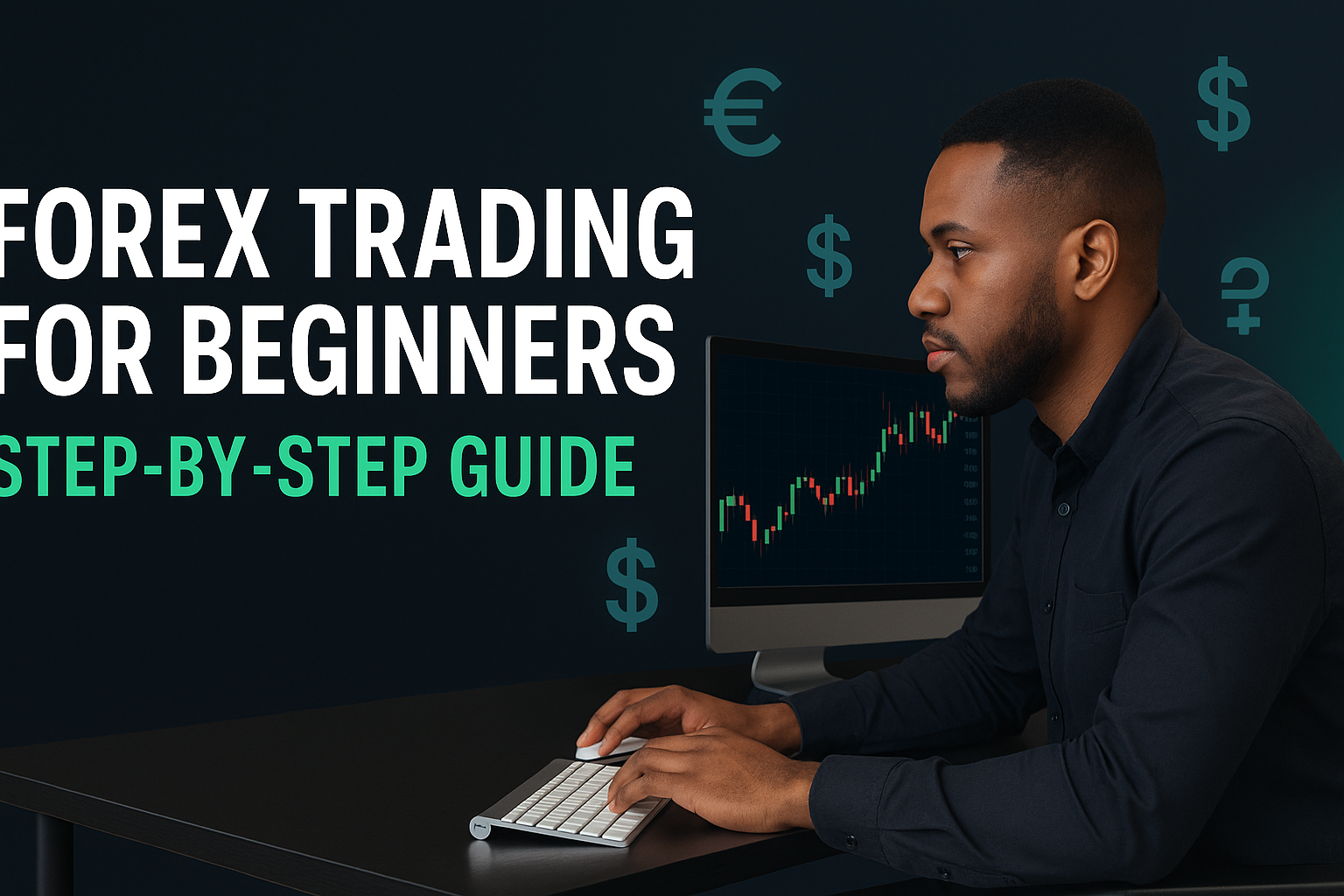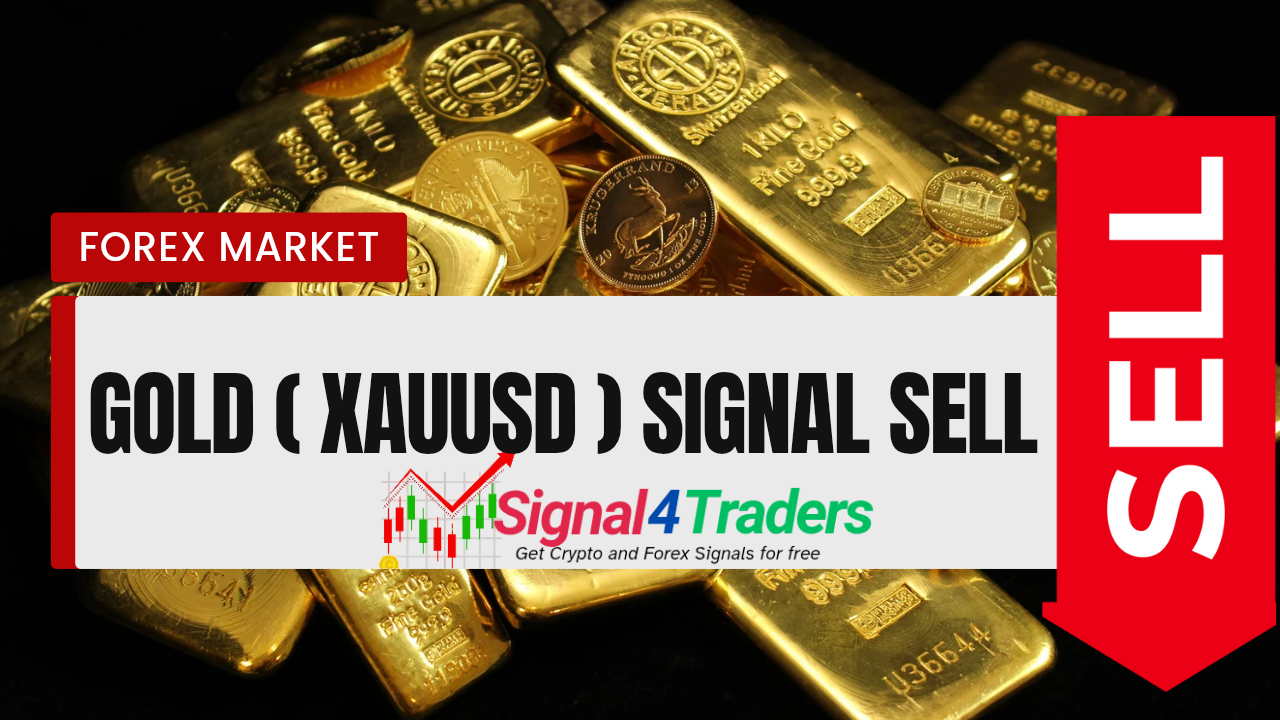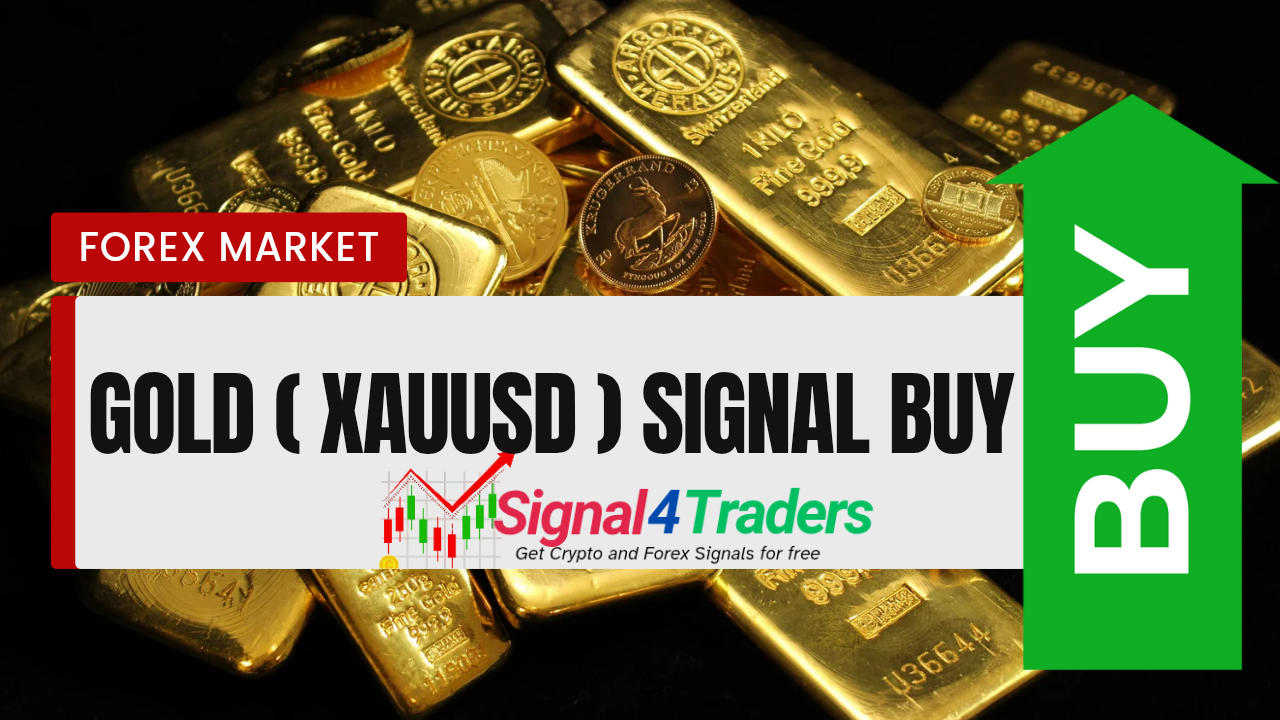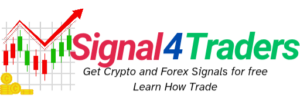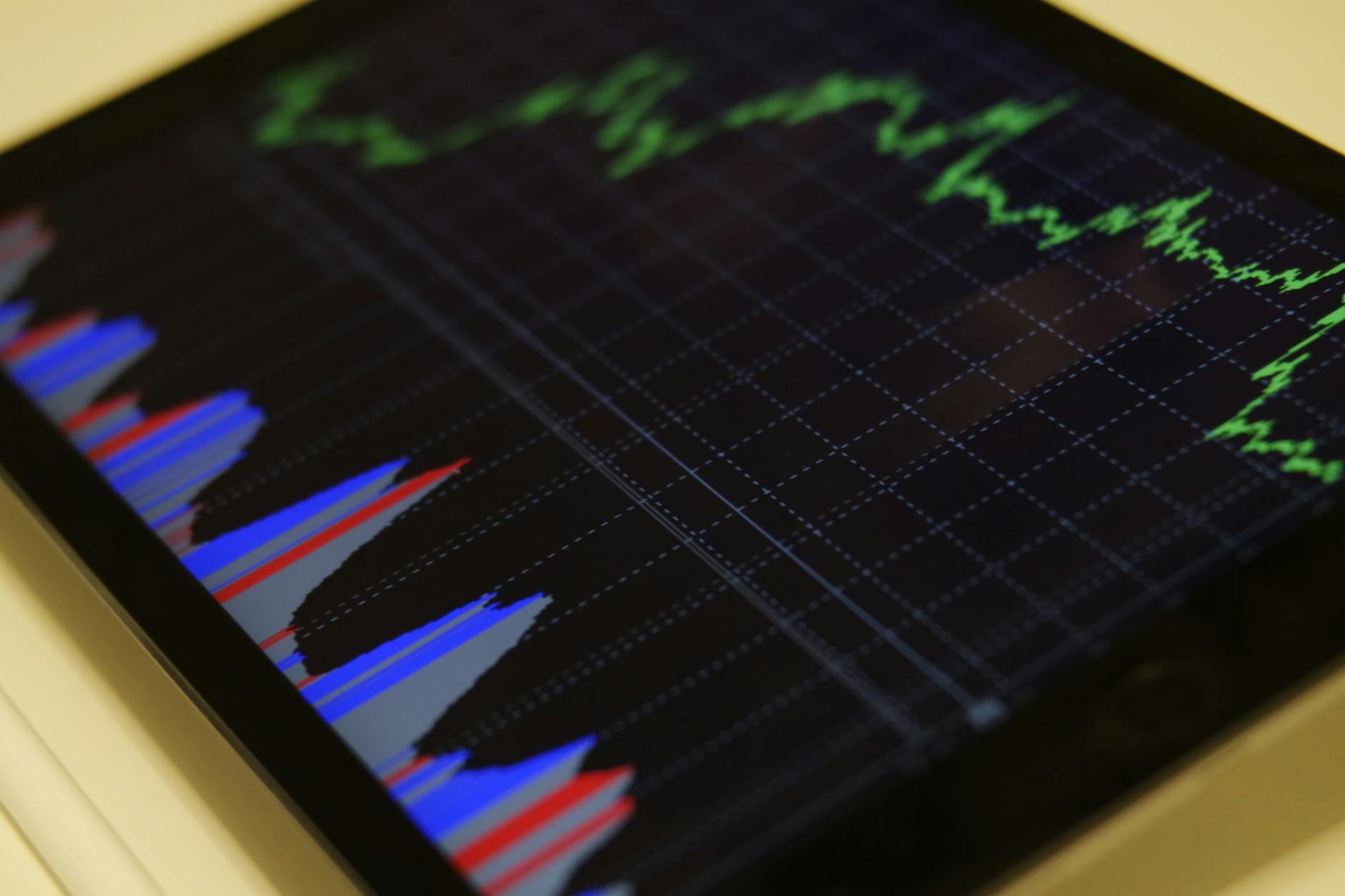
How to Start Forex Trading: 5 Steps for Beginners
Ever wondered why forex trading attracts millions of people worldwide? With over $6 trillion traded daily, the foreign exchange market offers unparalleled opportunities for financial growth. Yet for beginners, this vast market can seem overwhelming and complex. Where do you even begin? How do you avoid costly mistakes that plague new traders?
The journey to becoming a successful forex trader doesn’t happen overnight. It requires understanding fundamental concepts, developing proper education, utilizing the right tools, and mastering technical analysis before implementing a viable strategy. Whether you’re looking to supplement your income or pursue trading full-time, this guide will walk you through the five essential steps to start your forex trading journey with confidence. Let’s dive into the world of pips, charts, and currency pairs that could potentially transform your financial future.
Understanding Forex Trading Fundamentals
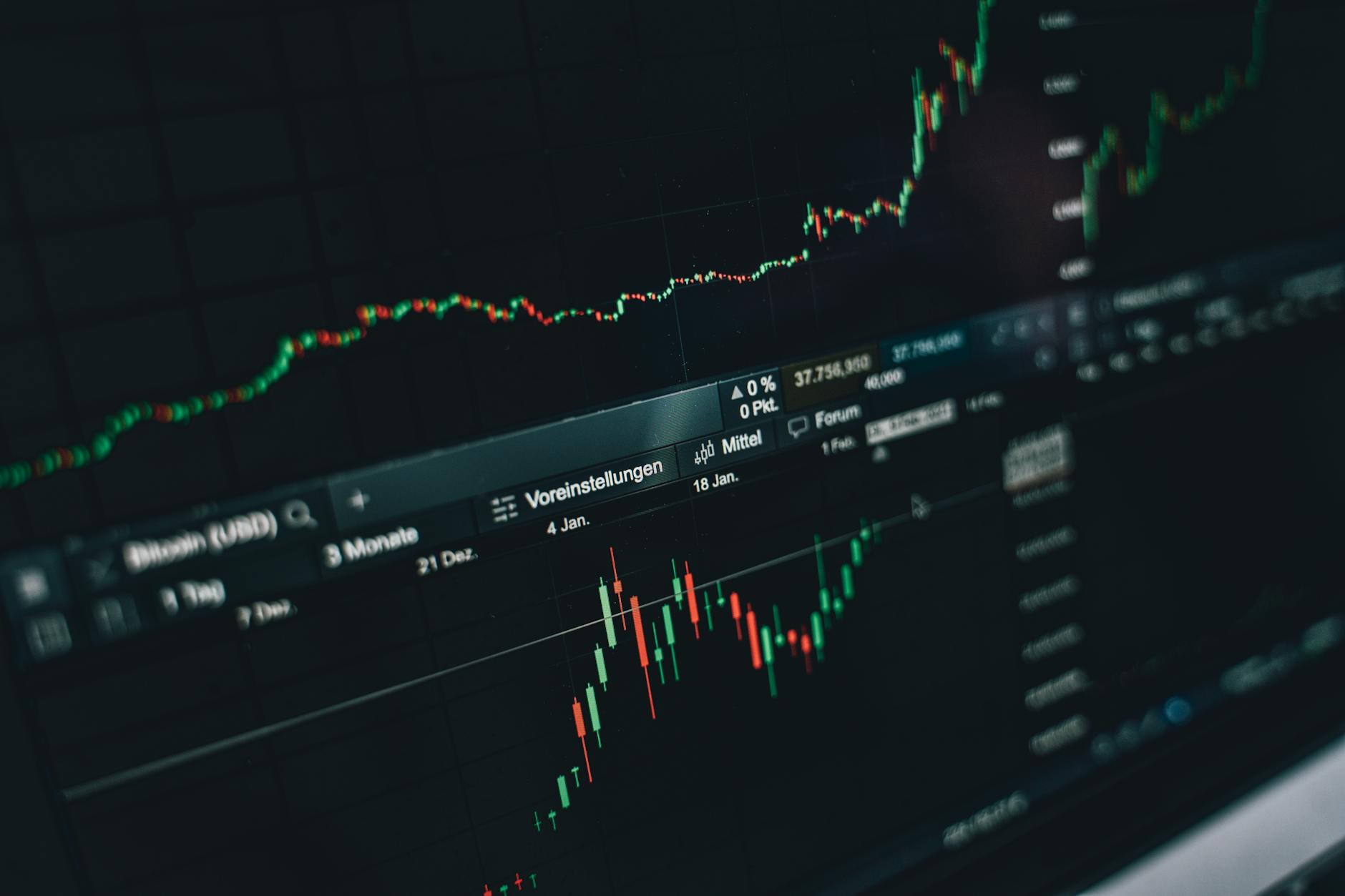
Understanding Forex Trading Fundamentals
Key terminology explained through Forexpedia resources
The foreign exchange (forex or FX) market is a global platform where national currencies are traded. It’s recognized as the world’s largest and most liquid asset market due to its extensive reach in international trade and finance. To navigate this market effectively, you’ll need to understand key terms like currency pairs (e.g., EUR/USD), which involve buying one currency while simultaneously selling another. Trading occurs through various markets, including spot (immediate transactions at current prices), forwards (private agreements for future transactions), futures (standardized contracts traded on exchanges), and options (contracts providing rights without obligations).
How currency markets work for beginners
The forex market operates electronically over-the-counter without a central marketplace, making it accessible 24 hours a day, five days a week. Major financial centers across the Asia-Pacific, Europe, and North America drive significant trading activity as they open and close throughout the day.
Currency values fluctuate based on economic indicators, political stability, and market sentiment. Traders aim to profit from these exchange rate shifts by buying low and selling high. While institutional players traditionally dominated this market, retail participation has surged in recent years through online brokers who provide leverage—allowing traders to control larger positions with smaller capital investments.
The estimated daily turnover exceeds $6.5 trillion, highlighting the market’s immense size and liquidity. For beginners, it’s important to recognize that currencies are always traded in pairs and classified as:
- Major pairs (most frequently traded)
- Minor pairs (less liquid)
- Exotic pairs (involving currencies from emerging markets with higher risks)
Essential differences between forex and other trading markets
Forex trading differs from other markets in several key ways:
-
Decentralization: Unlike stock markets with central exchanges, forex operates electronically without a physical location.
-
Trading hours: The forex market runs 24 hours a day, five days a week, unlike stock markets with defined opening hours.
-
Liquidity: With over $6.5 trillion daily volume, forex offers unparalleled liquidity compared to other markets.
-
Leverage availability: Forex typically offers higher leverage than stock markets, allowing for control of larger positions with less capital.
-
Regulation: The forex market has less regulation compared to securities markets, which presents both opportunities and risks.
-
Profit mechanism: In forex, you profit from exchange rate movements rather than company performance or dividends.
-
Trading pairs: All transactions involve simultaneously buying one currency and selling another, unlike straightforward stock purchases.
Now that we’ve covered the fundamental aspects of forex trading, the next section on “Developing Your Forex Trading Education” will explore how to build your knowledge base and prepare yourself for successful participation in this dynamic market.
